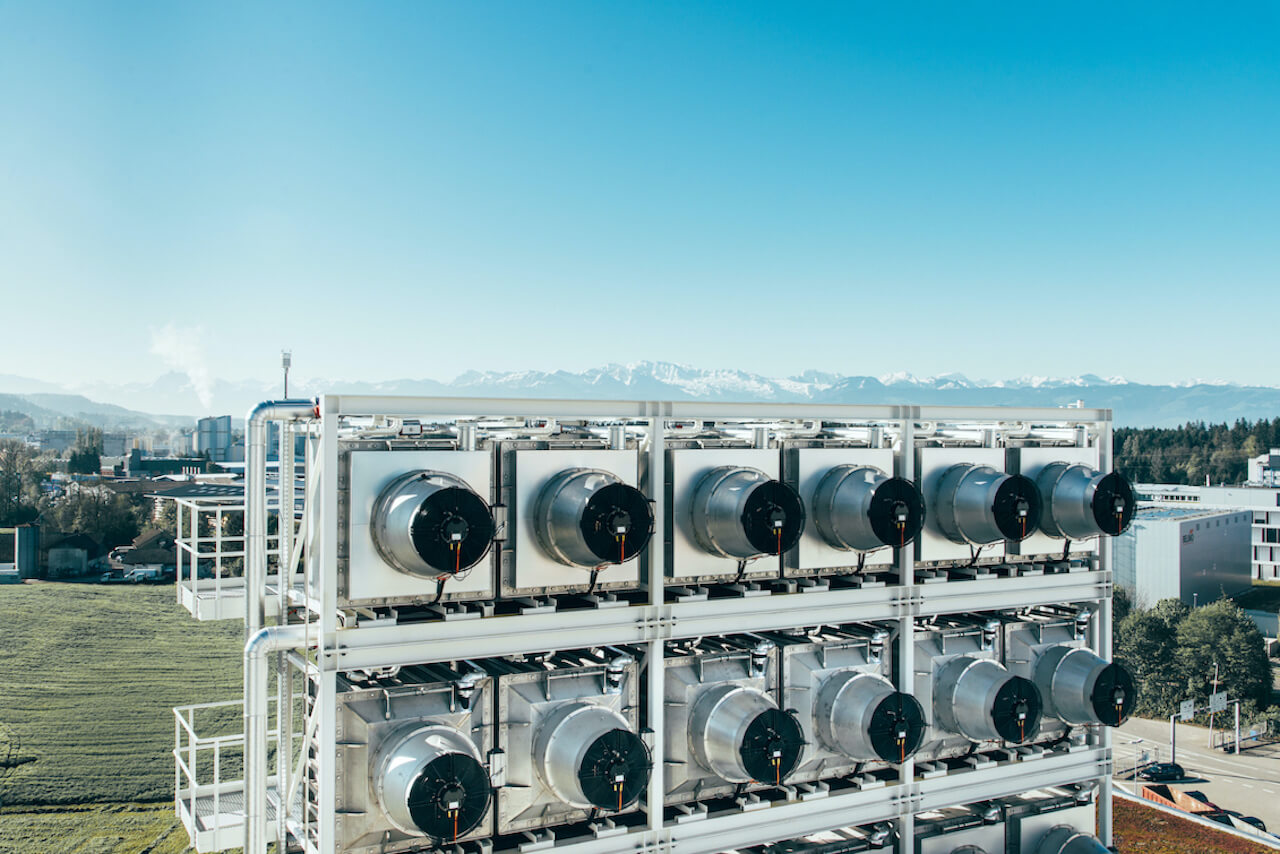Direct Air Capture Materials
🌐
Public
Technology Title
Carbon Capture and Storage Materials"
Carbon Capture and Storage Materials"
Project Title
Direct Air Capture Materials
Direct Air Capture Materials
Category
Chemistry
Chemistry
Short Description
Patented chemical sorbents that capture carbon dioxide directly from ambient air.
Patented chemical sorbents that capture carbon dioxide directly from ambient air.
Long Description
The patented chemical sorbents for capturing carbon dioxide directly from ambient air are based on a novel class of materials that utilize a unique combination of amines, zeolites, and metal oxides. These sorbents exhibit high CO2 adsorption capacity, selectivity, and stability, allowing for efficient and cost-effective carbon capture from air. The sorbents' structure consists of a zeolite framework functionalized with amines and metal oxides, which enhances CO2 diffusion, adsorption, and desorption. The amines provide active sites for CO2 binding, while the metal oxides improve the sorbent's thermal stability and resistance to degradation. The zeolite framework enables efficient mass transport and high surface area for CO2 adsorption. These sorbents can be regenerated through thermal or vacuum swing adsorption, releasing the captured CO2 for utilization or storage. The technology has the potential to be integrated into existing industrial processes or standalone systems for direct air capture, offering a scalable solution for reducing atmospheric CO2 levels.
The patented chemical sorbents for capturing carbon dioxide directly from ambient air are based on a novel class of materials that utilize a unique combination of amines, zeolites, and metal oxides. These sorbents exhibit high CO2 adsorption capacity, selectivity, and stability, allowing for efficient and cost-effective carbon capture from air. The sorbents' structure consists of a zeolite framework functionalized with amines and metal oxides, which enhances CO2 diffusion, adsorption, and desorption. The amines provide active sites for CO2 binding, while the metal oxides improve the sorbent's thermal stability and resistance to degradation. The zeolite framework enables efficient mass transport and high surface area for CO2 adsorption. These sorbents can be regenerated through thermal or vacuum swing adsorption, releasing the captured CO2 for utilization or storage. The technology has the potential to be integrated into existing industrial processes or standalone systems for direct air capture, offering a scalable solution for reducing atmospheric CO2 levels.
Potential Applications
Direct Air Capture (DAC) facilities to remove CO2 from the atmosphere, helping to mitigate climate change by reducing greenhouse gas emissions.
Carbon capture and storage (CCS) systems for industrial sources, such as power plants and cement factories, to minimize their carbon footprint.
Enhanced oil recovery (EOR) applications, where captured CO2 is used to extract more oil from existing wells, increasing oil production and reducing emissions.
Production of carbon-neutral or carbon-negative chemicals, such as fuels, building materials, and consumer products, by utilizing captured CO2 as a feedstock.
Soil carbon sequestration, where captured CO2 is converted into stable, long-lived forms of carbon that can be stored in soils, improving soil health and fertility.
Advanced materials and manufacturing, such as the production of high-performance concretes, aggregates, and other construction materials using captured CO2.
Bioenergy with carbon capture and storage (BECCS), where captured CO2 is used to produce energy from biomass, such as agricultural waste or forestry residues.
Urban and industrial CO2 removal, where captured CO2 is used to create local carbon sinks, improving air quality and mitigating urban heat islands.
Space exploration and life support systems, where compact and efficient CO2 capture technology can be used to support long-duration missions and habitats.
Medical and industrial gas applications, such as the production of high-purity CO2 for medical uses, food and beverage industries, and other industrial processes.
Direct Air Capture (DAC) facilities to remove CO2 from the atmosphere, helping to mitigate climate change by reducing greenhouse gas emissions.
Carbon capture and storage (CCS) systems for industrial sources, such as power plants and cement factories, to minimize their carbon footprint.
Enhanced oil recovery (EOR) applications, where captured CO2 is used to extract more oil from existing wells, increasing oil production and reducing emissions.
Production of carbon-neutral or carbon-negative chemicals, such as fuels, building materials, and consumer products, by utilizing captured CO2 as a feedstock.
Soil carbon sequestration, where captured CO2 is converted into stable, long-lived forms of carbon that can be stored in soils, improving soil health and fertility.
Advanced materials and manufacturing, such as the production of high-performance concretes, aggregates, and other construction materials using captured CO2.
Bioenergy with carbon capture and storage (BECCS), where captured CO2 is used to produce energy from biomass, such as agricultural waste or forestry residues.
Urban and industrial CO2 removal, where captured CO2 is used to create local carbon sinks, improving air quality and mitigating urban heat islands.
Space exploration and life support systems, where compact and efficient CO2 capture technology can be used to support long-duration missions and habitats.
Medical and industrial gas applications, such as the production of high-purity CO2 for medical uses, food and beverage industries, and other industrial processes.
Image


Email
simmy@yopmail.com
simmy@yopmail.com
